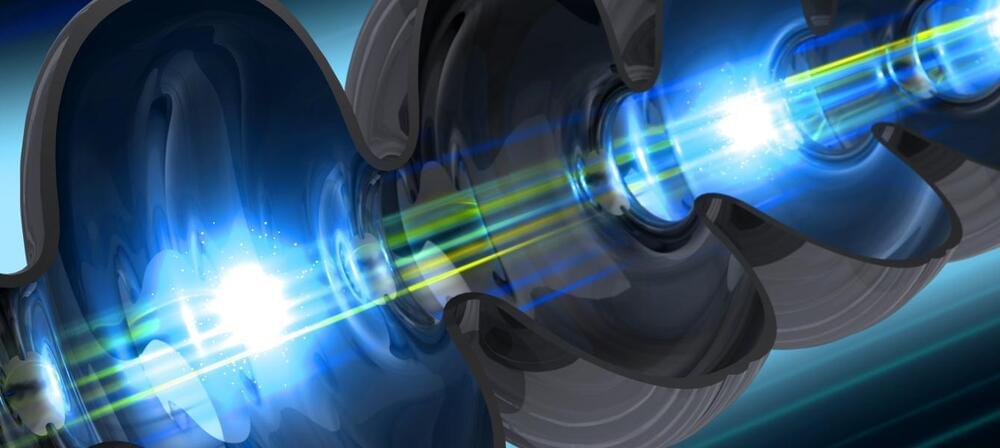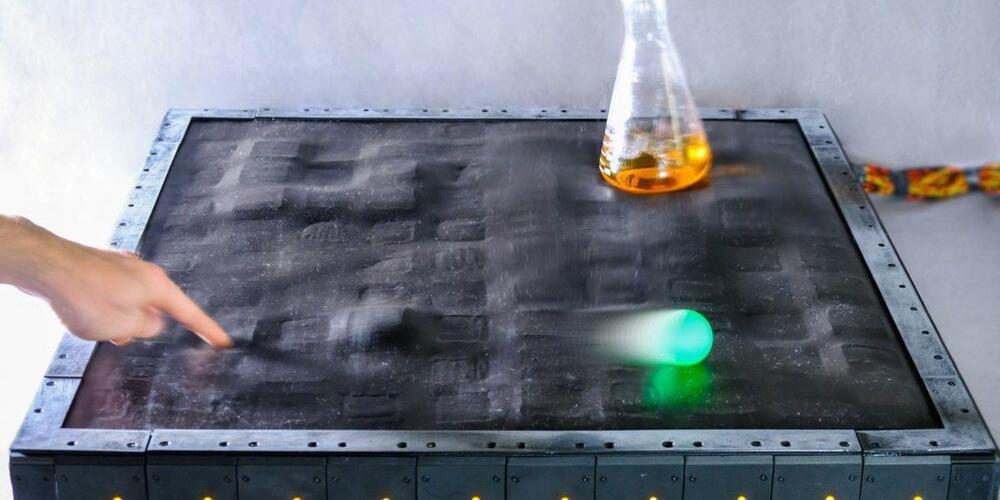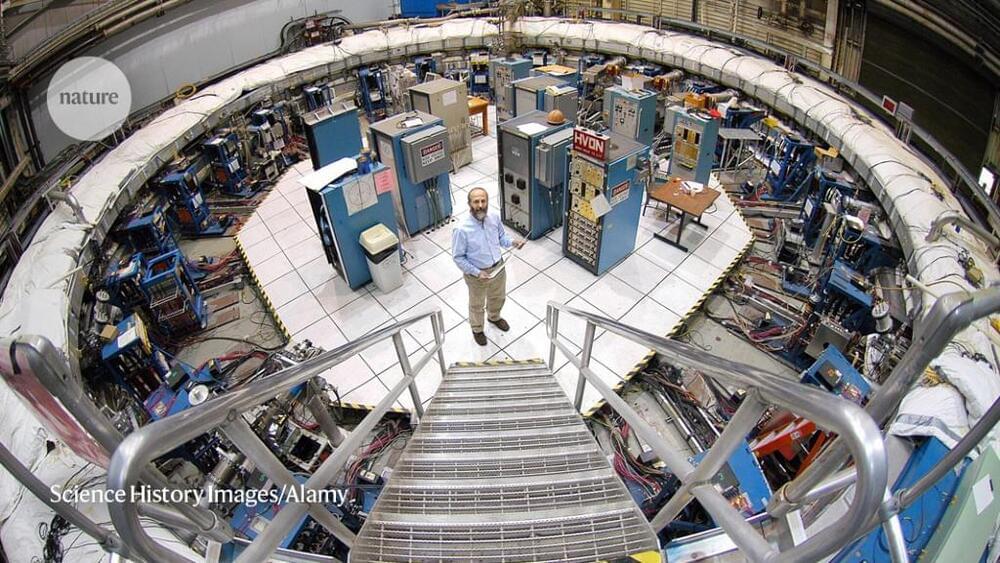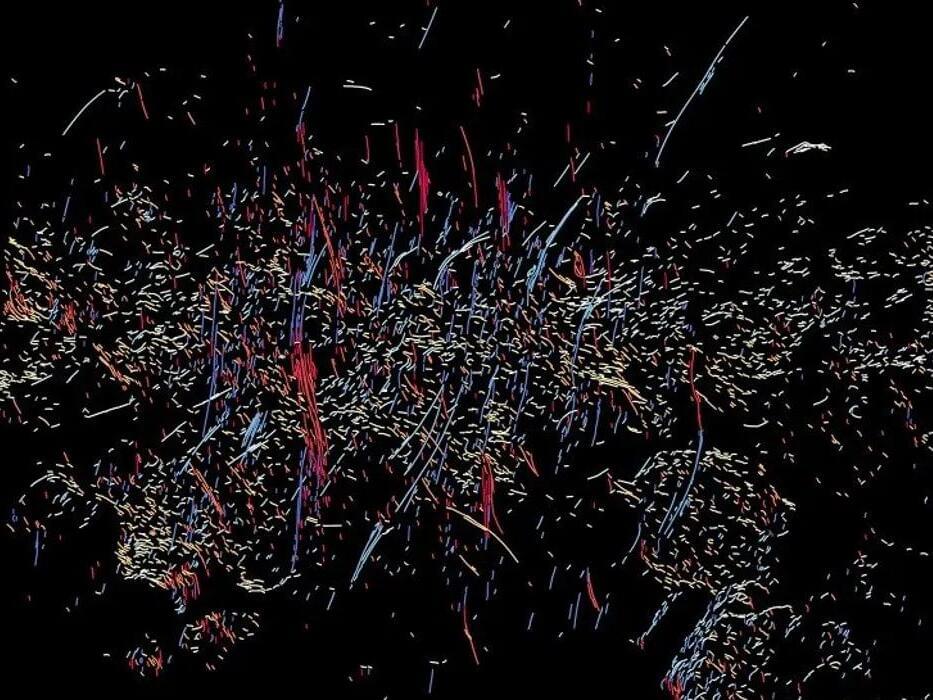Aug 12, 2023
Could Rotifers be the Next Great Laboratory Model?
Posted by Shubham Ghosh Roy in categories: bioengineering, biotech/medical
Rotifers are multicellular, microscopic marine animals that live in soils and freshwater environments. They are transparent and can be easily grown in large numbers. As such, they have been used in some laboratories as research subjects for many years. Now scientists have found a way to manipulate the rotifer genome, which can make them far more useful for many different research applications.
In new work reported in PLOS Biology, scientists used the CRISPR-Cas9 gene editing tool to alter two rotifer genes. These edits were then passed down to future generations of rotifers. This effort can now help others use these organisms in their laboratories.


















